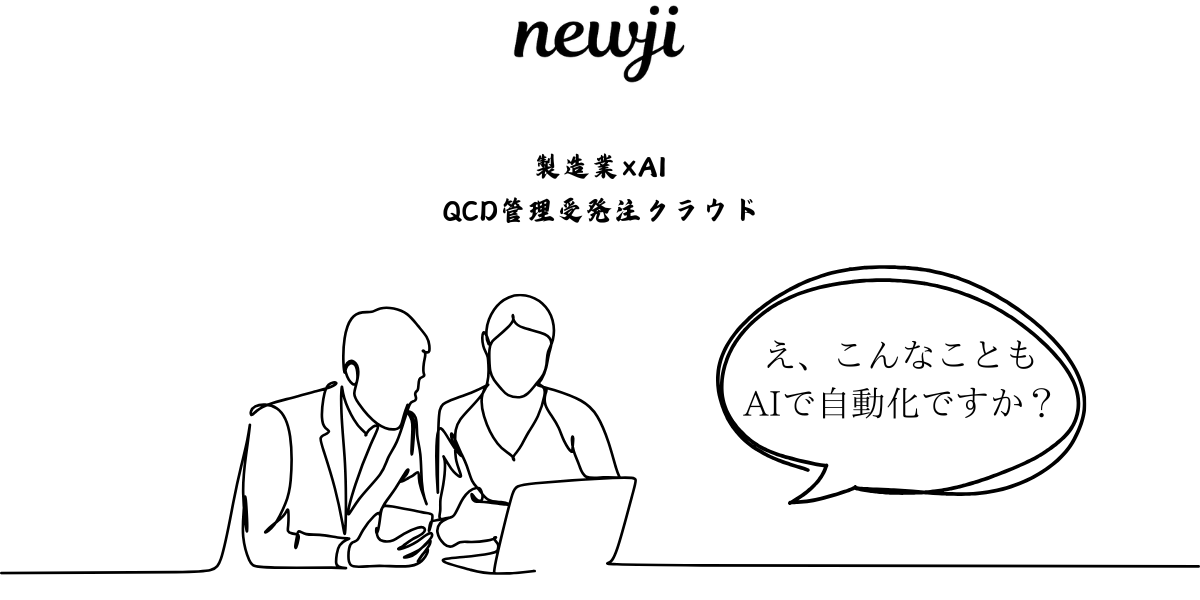- お役立ち記事
- Fundamentals of GNSS and software Application of GNSS to high-precision positioning technology and its key points
月間76,176名の
製造業ご担当者様が閲覧しています*
*2025年3月31日現在のGoogle Analyticsのデータより

Fundamentals of GNSS and software Application of GNSS to high-precision positioning technology and its key points

目次
Understanding GNSS
Global Navigation Satellite System (GNSS) is a technology that allows a receiver to determine its location anywhere on Earth.
GNSS encompasses a number of satellite constellations like the United States’ GPS (Global Positioning System), Russia’s GLONASS, the European Union’s Galileo, and China’s BeiDou.
These systems provide geolocation and time information to a GNSS receiver anywhere on Earth, as long as there is an unobstructed line of sight to four or more satellites.
How GNSS Works
The basic principle behind GNSS involves time measurement.
Satellites transmit signals that are received by GNSS devices.
By calculating how long it takes for the signals to travel from the satellite to the receiver, the receiver can determine its distance from the satellite.
By calculating distances from multiple satellites, the receiver can determine its exact location using a process called trilateration.
Trilateration Explained
Trilateration involves finding a location using the geometry of circles, spheres, or triangles.
In the context of GNSS, the position is found by intersecting spheres.
Each satellite signal places the observer on a sphere centered at the satellite.
By determining where these spheres intersect, the receiver calculates its position.
For accurate trilateration, signals from at least four satellites are required.
Components of a GNSS
A GNSS is composed of three major segments: the space segment, the control segment, and the user segment.
Space Segment
The space segment consists of a constellation of satellites orbiting Earth.
These satellites continuously broadcast signals containing the satellite’s location and the precise time of signal transmission.
Control Segment
The control segment comprises ground-based stations responsible for the operation and maintenance of the satellite constellation.
These stations monitor satellite health and performance, adjust orbits, and update satellite navigation messages.
User Segment
The user segment consists of GNSS receivers.
These receivers pick up signals from the satellites, performing calculations to determine the user’s position and time information.
Software Application in High-Precision GNSS Positioning
Software applications are essential for leveraging GNSS technology for high-precision positioning.
These applications involve processing GNSS signals to enhance accuracy for various applications like surveying, mapping, and navigation.
Key Software Technologies
Several key software technologies are widely used in high-precision GNSS applications.
These include Differential GNSS (DGNSS), Real-Time Kinematic (RTK) positioning, and Precise Point Positioning (PPP).
Differential GNSS (DGNSS)
DGNSS uses ground-based reference stations to correct GNSS signals and provide improved positional accuracy to the user.
Corrections are transmitted from reference stations to users, typically improving accuracy to a few centimeters or better.
Real-Time Kinematic (RTK)
RTK is a technique that also uses ground-based reference stations to improve the precision of GNSS positions.
RTK can achieve centimeter-level accuracy by correcting for signal errors in real-time through communication links between the base and user.
This technique is particularly useful in applications like land surveying and precision agriculture.
Precise Point Positioning (PPP)
PPP uses advanced algorithms and corrections data to enhance positioning without the need for a local reference station.
PPP solutions typically offer decimeter-level accuracy and are ideal for global applications where installing ground reference stations is not feasible.
Challenges in High-Precision GNSS Positioning
While GNSS technology holds enormous potential, several challenges must be overcome.
Signal obstructions, atmospheric conditions, and multipath effects can all impact signal quality and accuracy.
Signal Obstructions
Buildings, trees, and other large structures can obstruct GNSS signals, creating difficulties in calculating precise positions.
Techniques like augmented satellite constellations and advanced algorithms are used to mitigate these effects.
Atmospheric Conditions
Weather and atmospheric conditions can interfere with GNSS signals, altering signal propagation and reducing accuracy.
Ionospheric and tropospheric models are utilized within GNSS receivers and correction networks to counteract these effects.
Multipath Effects
Multipath effects occur when GNSS signals reflect off surfaces like buildings or the ground, causing delays in signal reception.
Advanced signal processing techniques help reduce the impact of multipath effects on position calculations.
The Future of GNSS
The landscape of GNSS technology is constantly evolving, with advancements promising improved accuracy, reliability, and availability.
From the enhancement of satellite systems to advancements in software applications, GNSS continues to grow.
Emerging technologies such as autonomous vehicles and unmanned aerial systems will rely heavily on high-precision GNSS for efficiency and safety.
Conclusion
Understanding the fundamentals of GNSS and its software applications is crucial for high-precision positioning technology.
With continuous improvements, GNSS is set to drive innovations in various fields, providing accurate and reliable positioning solutions globally.
 資料ダウンロード
資料ダウンロード
QCD管理受発注クラウド「newji」は、受発注部門で必要なQCD管理全てを備えた、現場特化型兼クラウド型の今世紀最高の受発注管理システムとなります。
 ユーザー登録
ユーザー登録
受発注業務の効率化だけでなく、システムを導入することで、コスト削減や製品・資材のステータス可視化のほか、属人化していた受発注情報の共有化による内部不正防止や統制にも役立ちます。
 NEWJI DX
NEWJI DX
製造業に特化したデジタルトランスフォーメーション(DX)の実現を目指す請負開発型のコンサルティングサービスです。AI、iPaaS、および先端の技術を駆使して、製造プロセスの効率化、業務効率化、チームワーク強化、コスト削減、品質向上を実現します。このサービスは、製造業の課題を深く理解し、それに対する最適なデジタルソリューションを提供することで、企業が持続的な成長とイノベーションを達成できるようサポートします。
 製造業ニュース解説
製造業ニュース解説
製造業、主に購買・調達部門にお勤めの方々に向けた情報を配信しております。
新任の方やベテランの方、管理職を対象とした幅広いコンテンツをご用意しております。
 お問い合わせ
お問い合わせ
コストダウンが利益に直結する術だと理解していても、なかなか前に進めることができない状況。そんな時は、newjiのコストダウン自動化機能で大きく利益貢献しよう!
(β版非公開)









